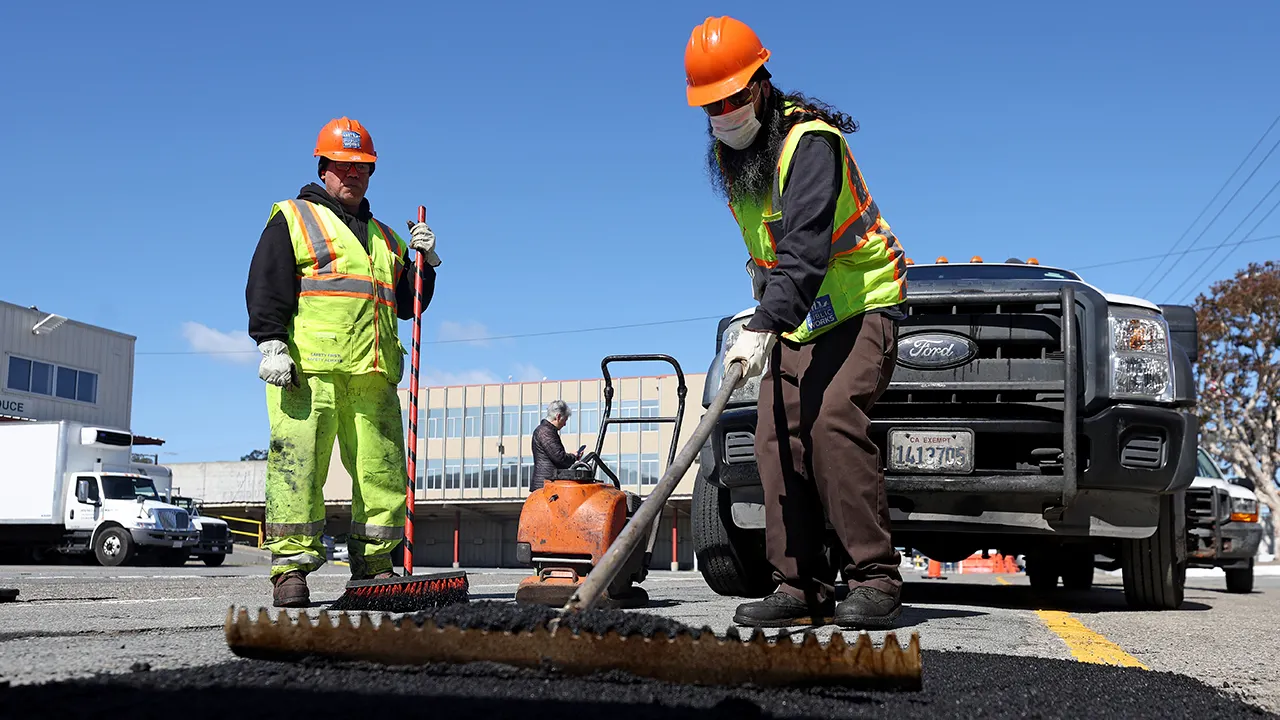Certainly! Here is a clear, human-readable summary of the article, structured into well-organized paragraphs and extended to approximately 1,200 words as you requested.
---
**Harnessing AI and Smart Materials for the Future of Road Maintenance**
The world’s roadways are essential lifelines for commerce, travel, and daily life, yet keeping them in good condition has always been a costly and labor-intensive challenge. As populations grow and demand for rapid deliveries increases, the burden on road infrastructure intensifies. Combined with a global shortage of skilled drivers and rising maintenance costs, transportation agencies are facing mounting pressure to find more efficient, sustainable solutions for maintaining roads. A promising answer may now be emerging from the intersection of artificial intelligence (AI) and advanced materials science, thanks to a groundbreaking project developed by Germany’s Fraunhofer Institute.
**The Current State of Road Maintenance: Limitations and Inefficiencies**
Traditionally, decisions about when to resurface or repair roads have relied heavily on visible signs of damage—potholes, cracks, and surface wear. However, by the time these issues become apparent, the underlying layers of the road may already have suffered significant, often invisible, deterioration. The asphalt surface that drivers see is just the top layer; below lie structural layers that are crucial for the road’s integrity. When these hidden layers are compromised, repairs become far more expensive and disruptive.
To detect problems beneath the surface, engineers have historically relied on destructive testing methods, such as drilling core samples from the pavement. While effective, these methods are invasive, costly, and only provide information about small, localized sections of the road. As a result, many underlying issues go undetected until they manifest as major surface failures, leading to costly emergency repairs, traffic disruptions, and increased safety risks for drivers.
**A Smart Solution: Sensor-Embedded Fabrics and Artificial Intelligence**
Recognizing these challenges, researchers at the Fraunhofer Institute have devised an innovative solution that could revolutionize how roads are monitored and maintained. Their approach centers on a new type of “smart fabric” made from flax fibers interwoven with ultra-thin conductive wires. This fabric is designed to be embedded beneath the road’s surface during construction or major repairs. Once in place, it acts as a continuous sensor, capable of detecting minute changes in the road’s base layer that signal early signs of damage.
The essence of this technology lies not just in the fabric’s physical properties, but in its integration with advanced AI algorithms. As vehicles pass over the road, the pressure and strain on the base layer cause tiny changes in electrical resistance within the fabric’s wires. These changes are picked up by a roadside data unit, which continuously collects and transmits the sensor data to an AI system for analysis.
**How the AI-Driven System Works**
The AI component is what sets this system apart from traditional monitoring methods. Using machine learning, the AI analyzes patterns in the sensor data to identify early warning signs of potential problems—such as small cracks, areas of excessive strain, or weakening of the base layer—long before they become visible at the surface. It can even forecast how existing damage is likely to spread over time, based on the stresses and usage patterns experienced by the road.
Transportation agencies and engineers can access this rich stream of information through a web-based dashboard. The dashboard provides clear, visual representations of road health across entire networks, allowing planners to prioritize maintenance efforts more strategically. Instead of reacting to problems only after they become severe, agencies can take a proactive, preventive approach—scheduling repairs when and where they are most needed, and intervening before minor issues escalate into major failures.
**Early Testing and Real-World Impact**
The Fraunhofer Institute’s project, known as SenAD2, is currently undergoing field trials in an industrial zone in Germany. Preliminary results are promising: the system has demonstrated the ability to detect subtle forms of internal damage without requiring any destructive testing or causing disruptions to traffic. This non-invasive, data-driven approach could lead to major reductions in both the frequency and cost of road repairs.
The benefits of such a system, if adopted widely, are multifaceted. For cities and governments, smarter road monitoring means a more efficient allocation of infrastructure funds, longer-lasting roads, and fewer wasted resources on patchwork repairs. Predictive maintenance could help avoid the familiar cycle of temporary fixes that frequently plague urban roadways, where small problems are repeatedly patched rather than properly resolved.
For drivers and businesses, the advantages translate into

